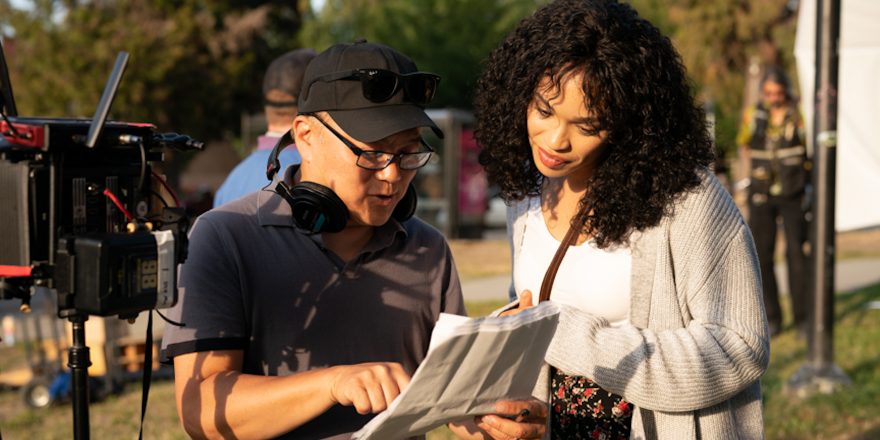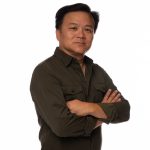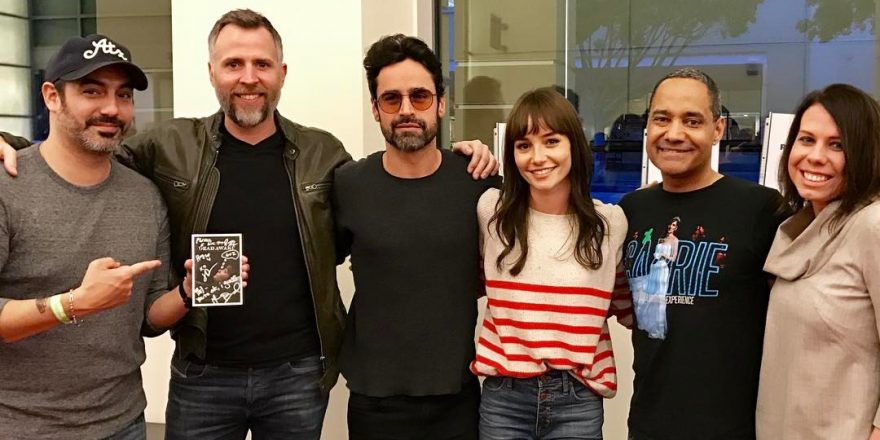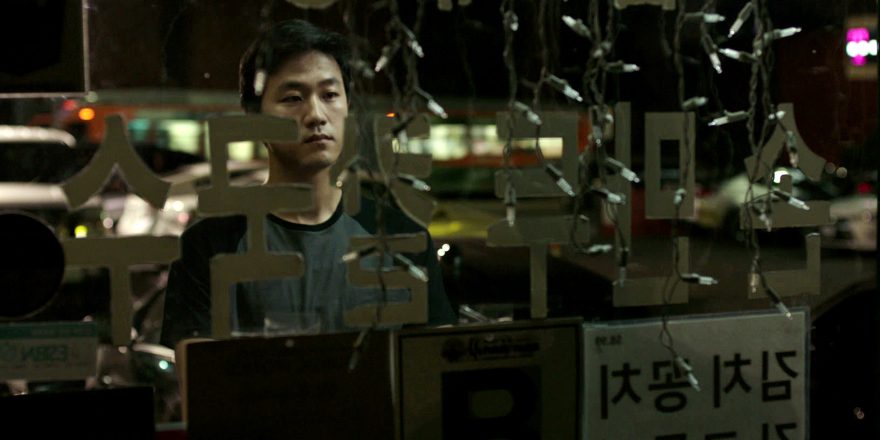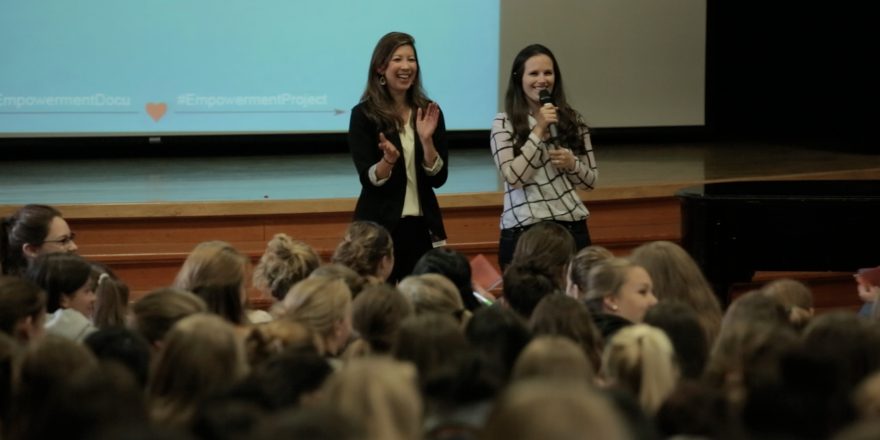When I watch a film, I keep track of the extras. I do it unconsciously. I am, of course, mostly paying attention to the story, but I always find myself doing a quick scan of the background players. It’s a thing I was unintentionally trained to do as a child – to check for something in particular. Some of you may be confused as to what I mean, but if you are a person of color (and of a particular generation), you will know exactly what I’m referring to.
I’m an Asian-American writer, producer and director. I grew up in this country at a time when Asian Americans weren’t represented much (if at all) in film or television. In fact, not so many years ago, there was a saying among Asians in the entertainment business that there were more aliens represented in TV and film than there were Asians – a statement that was sadly true.
When you grow up in a world like I just described, you start scanning scenes and looking at extras from an early age. You’re looking around because you want to find someone, anyone, who looks like you. So, if you’re like me, you’ll notice that in every Harry Potter film, Hogwarts is really diverse, but that it has no Asian students (although one does appear as Harry’s love interest and it does have East Asian students). You’ll notice that the TV show Friends, with few exceptions, is exclusively white. You’ll notice when you’re watching a medical series with doctors who are mostly all white, that it doesn’t reflect the real world; because if you’re a hospital in a big city, you have a significant number of doctors on staff who are Asian and East Asian. You’ll notice these things because, as a person of color, you want to know you’re part of the American fabric. You’ll notice these things because, as an Asian American, you want to feel that you are accepted and valued in this culture. You’ll notice these things, most importantly, because you want to know you exist in the world.
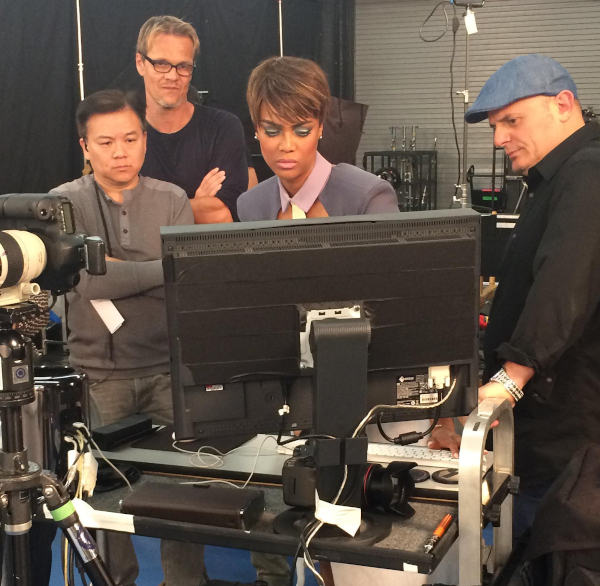
I entered the world of entertainment during the ’90s, determined to be a voice of change at a time where change was really needed. I always think back on the memories from that period that are forever seared into my mind. My first day giving notes as a creative executive on the set of a network sitcom, when I found that people were looking at me as if I was some sort of alien. The time I was in a casting session at a network and the president refused to put a second Asian person in a drama because he wasn’t looking to “be the Asian-American network.” The constant battles my partner, Tyra Banks, and I had with our own network while making America’s Next Top Model, because our repeated requests to the network to make at least half the cast women of color were deemed “too diverse.” (Happily, we ended up winning those battles.) The word “diversity” in that era meant tokenism. If you had an ensemble cast of eight actors and you had one person of color, you could call yourself “diverse.” You might get away with two actors of color. But once you started approaching a significant minority or close to half the cast, that was a no–no. And God forbid you wanted to have a show that really reflected the world we live in!
Now, mercifully, the landscape seems to be changing. We’ve come a long way in the past decade when it comes to diversity. There are more people of color than ever before in film and television, both in front of and behind the camera. And that’s truly a welcome sight. My kids are growing up in a world where they are now regularly seeing people like themselves on the screen. And for that, I am thankful.

For me, diversity is a core value. So, when it came to my feature debut as a writer and director with The Right One (which comes out on digital, demand and in select theaters on February 5), I wanted to make sure those values were on full display. I instructed my casting directors to consider actors of all backgrounds, nationalities and ethnicities. As a result, I ended up with a talented principal and supporting cast, featuring actors who are Caucasian, African-American, Asian-American, and East Indian. I also worked closely with my extras casting director to ensure diversity in our background players – so that when they were featured, they truly reflected the real world as well.
Because, as you know now, I always keep my eye on the extras.
Featured image shows Ken Mok with actress Cleopatra Coleman on the set of The Right One. (Image courtesy Lionsgate.)



